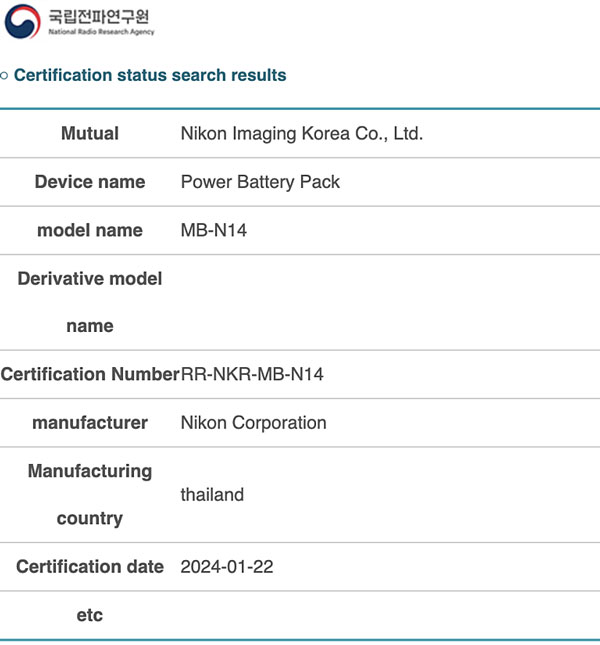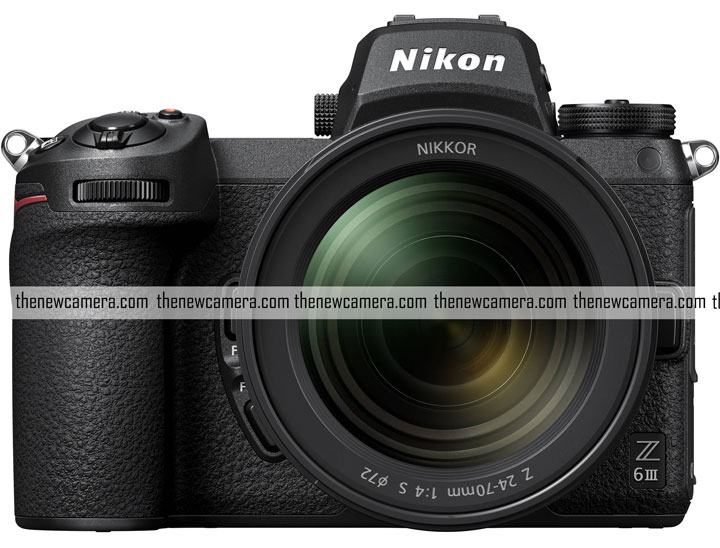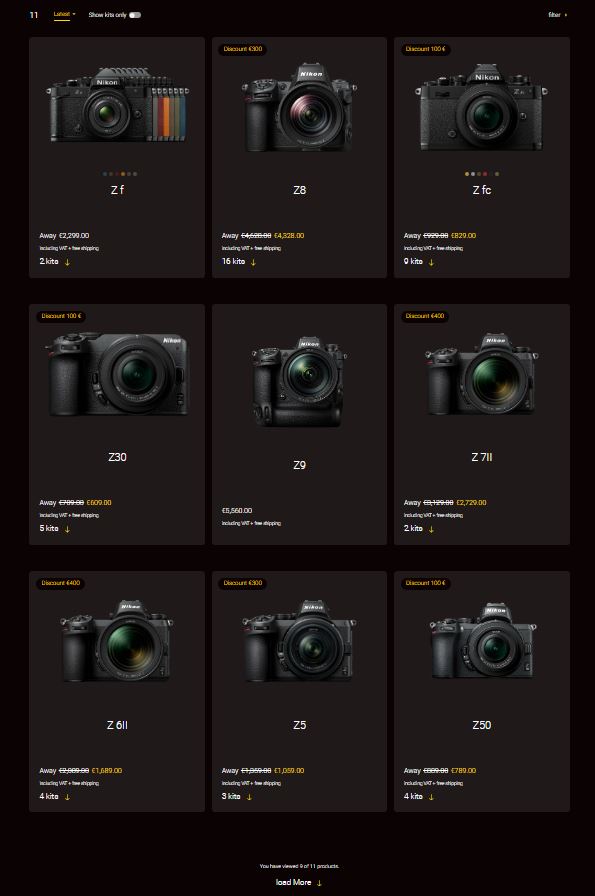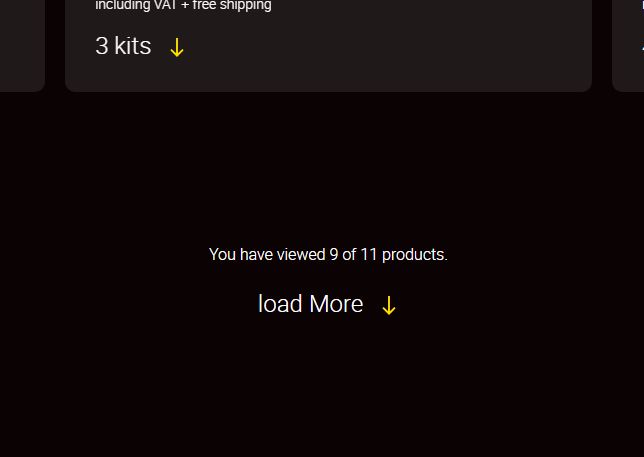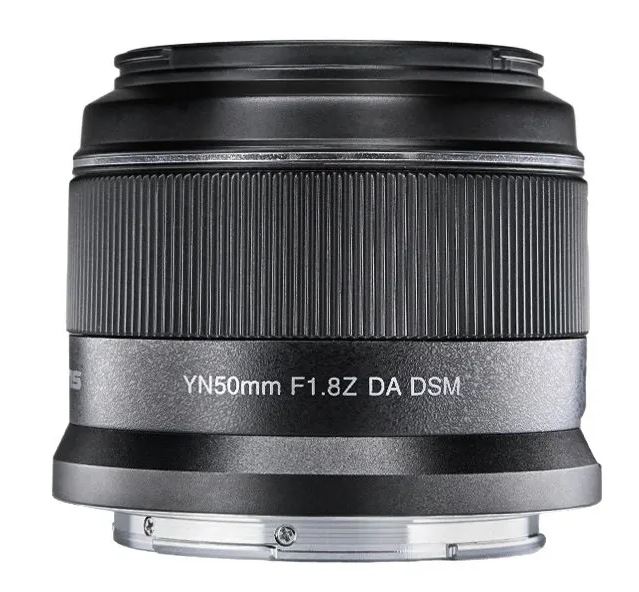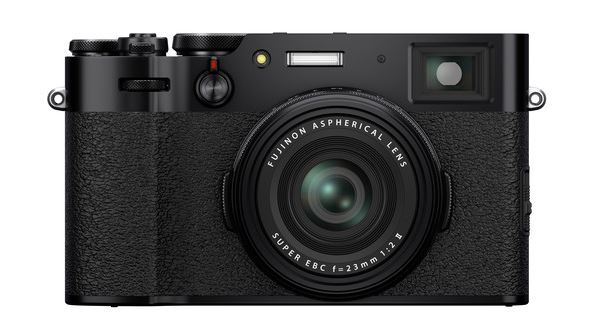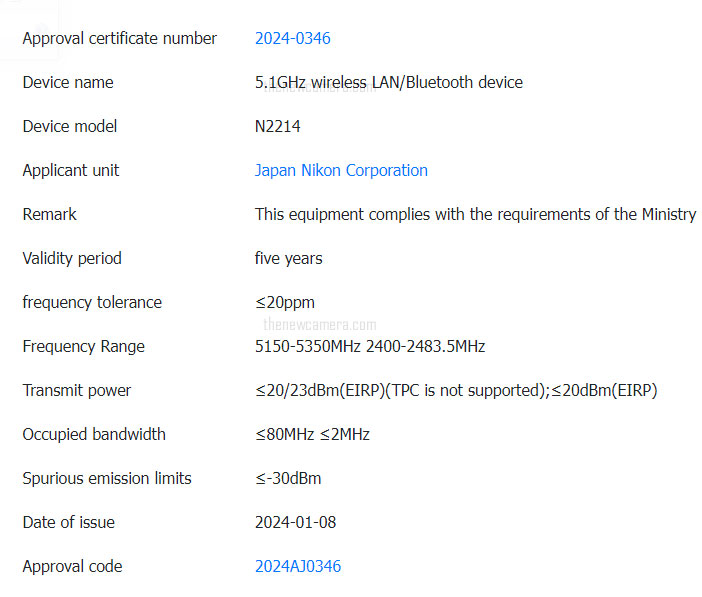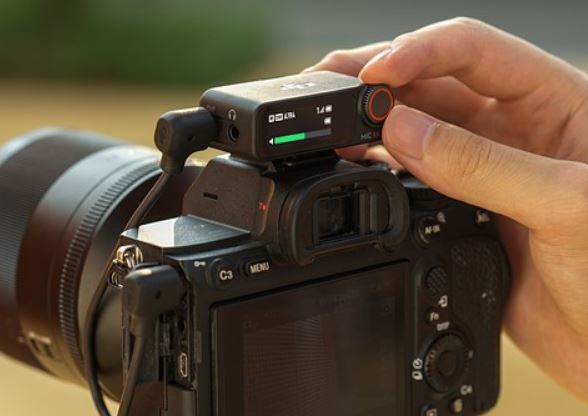
Finally, we have the DJI Mic 2. The two major improvements that I noticed in the new edition are the 32-bit workflow and the option to record lav mic in your transmitter. The noise cancellation is said to be powered by AI, but after looking at multiple reviews, the noise cancellation seems very similar to the latest large M1 Max
Get DJI Mic 2 from Amazon.com | B&H Store
DJI Mic 2 Press Release
Jan 17, 2024 – DJI, the global leader in civilian drones and innovative camera technology, today announced the launch of the new DJI Mic 2, setting a new benchmark in audio recording solutions. With DJI Mic 2, creators can expect an exceptional experience, marked by high-quality recording functions, user-friendly designs, and remarkable stability.
“DJI Mic 2 represents a leap forward in audio recording technology. We’ve combined high-quality recording functions, user-friendly designs, and noteworthy stability to empower content creators with the tools they need to capture extraordinary audio, no matter where their creativity takes them,” said Paul Pan, Senior Product Line Manager at DJI.
Pro Audio Recording Functions in Pocket-Size
At the heart of DJI Mic 2 lies the promise of capturing brilliance in different sounds. It’s equipped with omnidirectional recording capabilities, thoughtfully optimized for vocal clarity, ensuring that the audio content of users shines in various scenarios. Whether content creators are producing engaging vlogs, conducting insightful interviews, or recording in diverse environments, DJI Mic 2 guarantees that their audio is of high quality.
DJI Mic 2 also features intelligent noise-canceling technology[1], a game-changer for content creators working in bustling urban areas or crowded rooms. This innovative feature effectively reduces environmental noise, delivering clear vocals and uninterrupted audio recordings. Regarding windy or fast-moving scenarios, DJI Mic 2 has included windscreen to lower wind noise, ensuring clean sound capture in windy outdoor scenarios.
As an added layer of protection for the user’s audio, DJI Mic 2 offers the Safety Track feature. It allows content creators to record a second track at -6dB alongside the primary audio track, safeguarding against unexpected audio level spikes. Even in the midst of audibly complicated environments such as rock concerts, DJI Mic 2 delivers balanced results with remarkable ease.
User-Friendly Design for a Seamless and Intuitive Experience
DJI Mic 2 is not just developed with technical advancement, but also designed with users in mind. Its sleek and smart aesthetic is elevated by a premium metal charging case that not only has a minimalistic appearance but also offers a newly added locking latch, which provides a secure and reliable solution to prevent accidental drops for peace of mind during use.
To suit the style and preferences of different users, DJI Mic 2 is available in two transmitter colors: Shadow Black and Pearl White[2]. Shadow Black adds a discreet, high-tech appearance to the Mic 2 setup, while Pearl White offers an elegant alternative for those seeking a light-tone colorway.
When it comes to getting started, DJI Mic 2 simplifies the process. The system is ready to use anytime, anywhere. Users can just open the charging case, and DJI Mic 2 will then spring to life, automatically pairing the receiver and transmitters while charging them. Additionally, DJI Mic 2 can be seamlessly connected to DJI Osmo Action 4, DJI Osmo Pocket 3 and smartphone devices[3] via Bluetooth, while also offering hassle-free compatibility with various recording devices through USB-C, Lightning Adapters, as well as 3.5mm TRS analog output.
DJI Mic 2 also puts control at the fingertips of the user with its effortless touchscreen operation. A 1.1-inch OLED touchscreen paired with a precision dial provides quick access to critical information. Content creators will be able to adjust volume, gain, brightness, and more with ease, achieving the optimal audio setup smoothly.
With magnetic attachment for quick concealment, the transmitters feature a user-friendly clip-on design that simplifies the process of attaching them to clothing. DJI Mic 2 even offers dual-channel recording, allowing content creators to capture audio from two sources simultaneously, simplifying multi-source recording and enhancing efficiency during post-production.
To further expand the creative horizons of the user, DJI offers practical accessories[4] such as the DJI Lavalier Mic and DJI Mic 2 Charging Case.
Stability and Reliability in Every Recording
Stability is a hallmark of DJI Mic 2, ensuring that the audio recordings of the user are consistently outstanding. DJI Mic 2 is equipped with 8GB of internal storage per transmitter, offering up to 14 hours of uncompressed 48kHz 24-bit audio recording[5]. This ensures that content creators can record for extended periods without worrying about storage constraints.
DJI Mic 2 stands out significantly due to its cutting-edge 32-bit float internal recording[6] capability. This feature not only delivers high-quality recording but also adapts seamlessly to complex sound environments, capturing nuances of sounds, from quiet whispers to booming decibel levels. This level of flexibility provides greater reliability in erratic noise scenarios and offers more options for post-production fine-tuning.
When it comes to range and battery life, DJI Mic 2 shines. It offers an impressive maximum audio transmission range of up to 250 meters[7] (820 ft.) in open, unobstructed environments without interference. This range caters to common scenarios such as live streaming, studio recording, and outdoor recording. Plus, each transmitter and receiver has a remarkable 6-hour operating time[8], which can be extended to a generous 18 hours with the charging case, making it perfect for extended content creation sessions.
Price and Availability
The DJI Mic 2 is available to order from store.dji.com and authorized retail partners, with shipping starting today, in the following configurations:
The DJI Mic 2 (2 TX + 1 RX + Charging Case) retails for $349, and includes a DJI Mic 2 Receiver, two DJI Mic 2 Transmitters (Shadow Black), a DJI Mic 2 Charging Case, DJI Mic 2 Camera Audio Cable (3.5mm TRS), a DJI Mic 2 Mobile Phone Adapter (Type-C), a DJI Mic 2 Mobile Phone Adapter (Lightning), two DJI Mic 2 Windscreens, two DJI Mic 2 Clip Magnets, a DJI Mic USB-C Charging Cable and a DJI Mic 2 Carrying Bag.
The DJI Mic 2 (1 TX + 1 RX) retails for $219, and includes a DJI Mic 2 Receiver, a DJI Mic 2 Transmitter (Shadow Black), a DJI Mic 2 Camera Audio Cable (3.5mm TRS), a DJI Mic 2 Mobile Phone Adapter (Type-C), a DJI Mic 2 Mobile Phone Adapter (Lightning), a DJI Mic 2 Windscreen, a DJI Mic 2 Clip Magnet, a DJI Mic Splitter Charging Cable, and a DJI Mic 2 Carrying Pouch. The DJI Mic 2 Transmitter (Shadow Black) and DJI Mic 2 Transmitter (Pearl White) can also be purchased separately at $99 each. The DJI Lavalier Mic retails at $39 and DJI Mic 2 Charging Case retails at $69.
